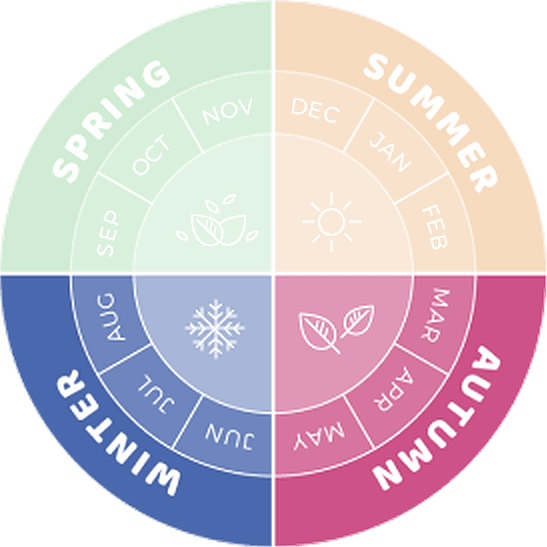Pumpkin is full of mood boosting goodness like vitamin C and folate (vitamin B9), which will help to perk up your mood.
*When eaten as part of a healthy varied diet.
Top Tip: Once cut, pop pumpkin in an airtight container in the fridge to keep it fresh.
Top Tip: Blend pumpkin for a hearty soup.
Australian pumpkins are in season from March to August.

The recommended amount of vegetables you should eat is 5 serves per day.
(Source: Australian Dietary Guidelines, 2013)
Half a cup of cooked pumpkin (75g) counts as 1 serve of vegetables.
|
Serving size: 75g (1/2 cup baked) |
||||||||||||||||||||||||||||||||||||||||||||||||||||||||
|
||||||||||||||||||||||||||||||||||||||||||||||||||||||||
|
Source: Aust Food Comp Data or ^ USDA |
The recommended amount of vegetables you should eat is 5 serves per day.
(Source: Australian Dietary Guidelines, 2013)
Half a cup of cooked pumpkin (75g) counts as 1 serve of vegetables.